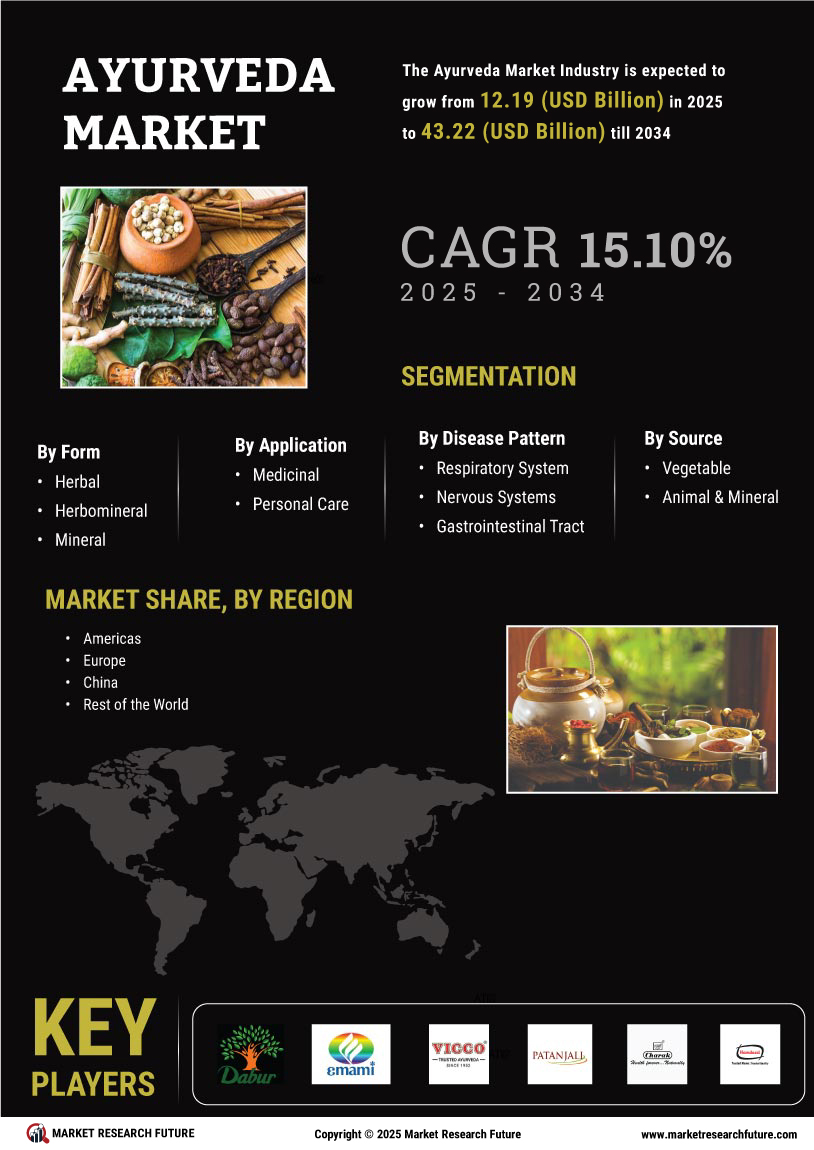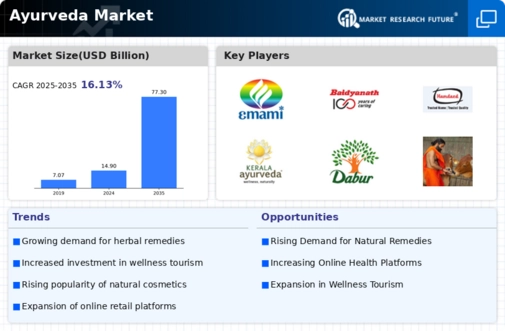For instance,
August 2024, Maharishi Ayurveda Market launched an engaging oral care campaign titled #RightYourWrongs, featuring National Award-winning actress Kalki Koechlin. This innovative initiative combines humor and user insights to raise awareness about oral health ahead of the festive season. Kalki, stepping into the role of a standup comic for the first time, will star in a series of three video commercials aimed at connecting with Gen-Z audiences on platforms like Instagram and YouTube. The campaign capitalizes on the resurgence of interest in Ayurveda Market, as health experts and influencers increasingly advocate for its holistic, root-cause solutions.
April 2024: Lotus Herbals has introduced the UltraRx Sunscreen Serum SPF 60++++, designed to meet various skin needs while providing enhanced UV protection through an effective water-based formula. Passi noted that this product was developed in response to current trends favoring soothing ingredients in sunscreens, as well as the growing consumer preference for multi-functional, organic, and natural products.
December 2023, Dabur India Ltd launched its innovative "Science in Action" campaign, aimed at educating consumers about Ayurveda Market and promoting healthier lifestyles. This initiative seeks to highlight scientifically tested facts about Ayurveda Market, enabling families to make informed choices for their well-being. The campaign is a significant move by Dabur to share research-based insights on Ayurveda Market through various channels, including digital videos on social media, print promotions, and on-ground activations like the Dabur Chyawanprash Immune India Campaign. Notably, it features conversations with esteemed Ayurvedic practitioners, providing unique perspectives on the holistic benefits of Ayurveda Market. Through this effort, Dabur aims to reinforce the scientific foundation of Ayurveda Market and encourage its integration into daily health practices.
June 2023: Patanjali Foods has introduced 14 new products as part of its strategy to premiumize its offerings. These products span various segments, including nutraceuticals, health biscuits, Nutrela millet-based cereals, and dry fruits. This move reflects the company's focus on catering to health-conscious consumers and tapping into the growing demand for nutritious and premium food options. The emphasis on millet-based cereals also highlights a trend towards more sustainable and traditional food sources.
October 2023: Himalaya Wellness has launched a new turmeric range featuring products like face wash, face pack, face scrub, face serum, face cream, and sheet masks. These items harness the benefits of turmeric, a traditional ingredient in Ayurveda Market, using the Svarasa extraction method. This range aims to promote natural skincare and enhance the overall wellness experience.


















Leave a Comment